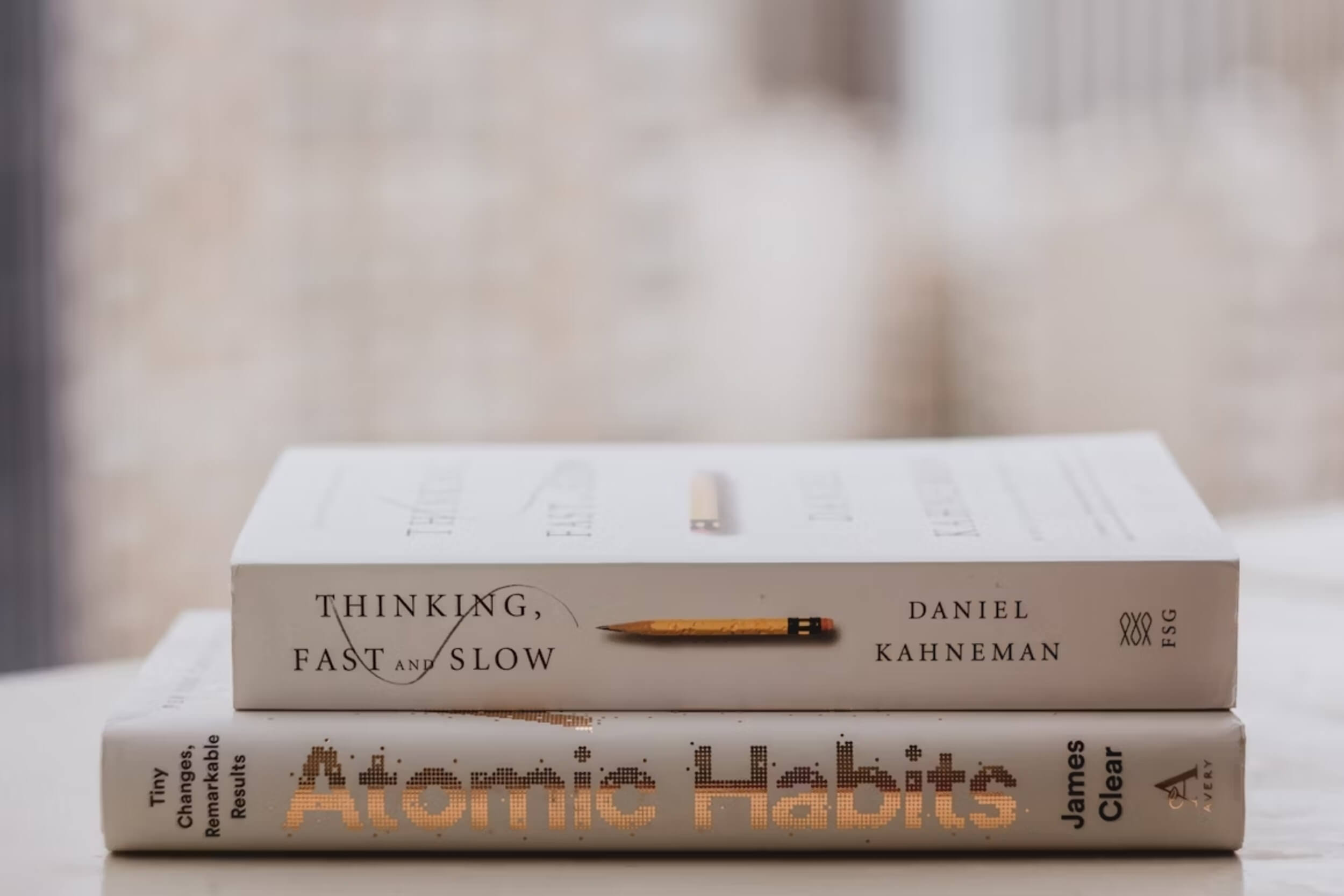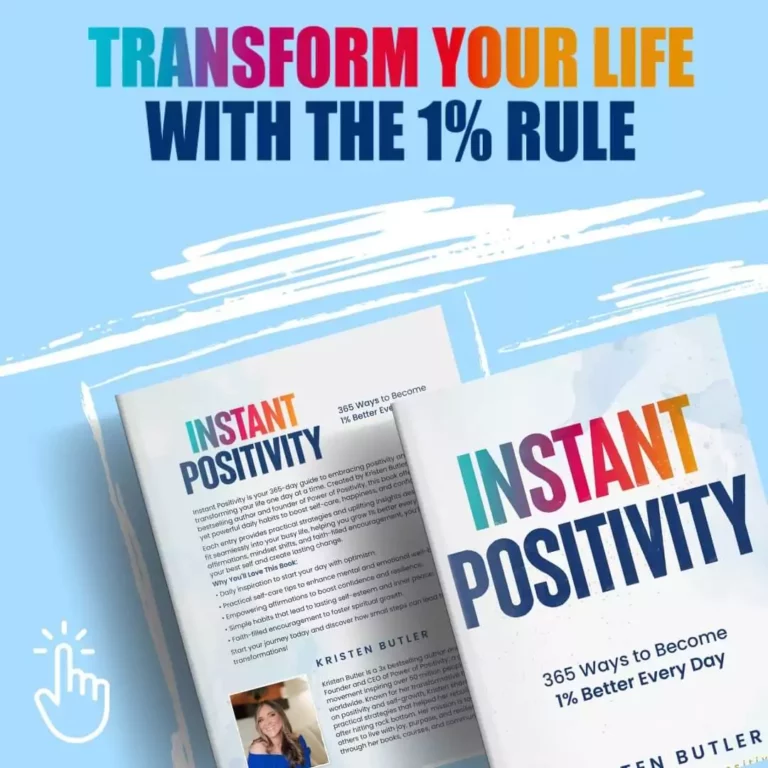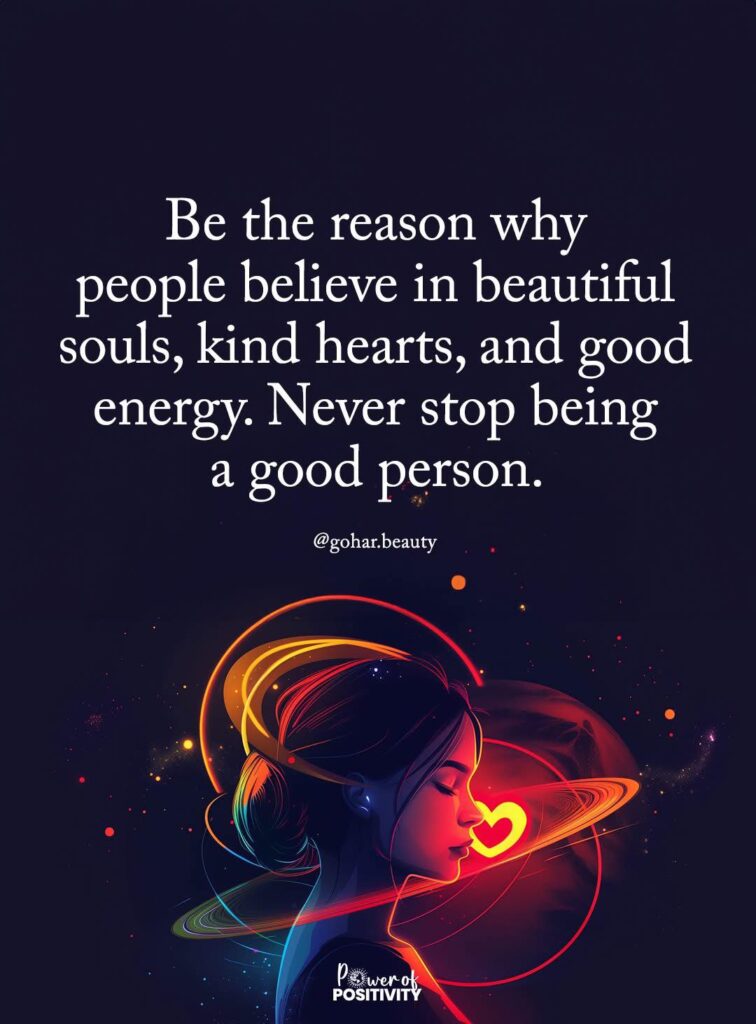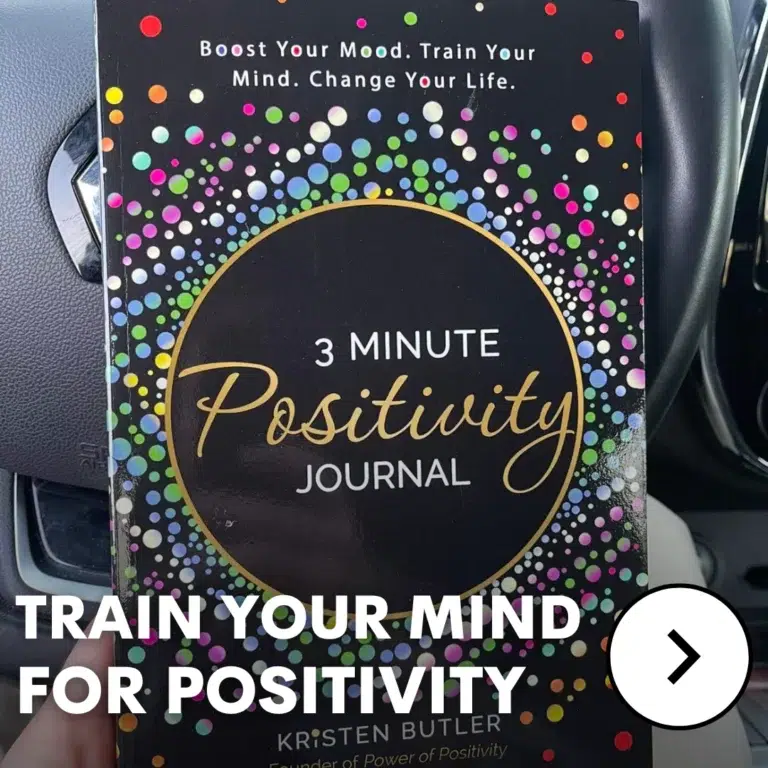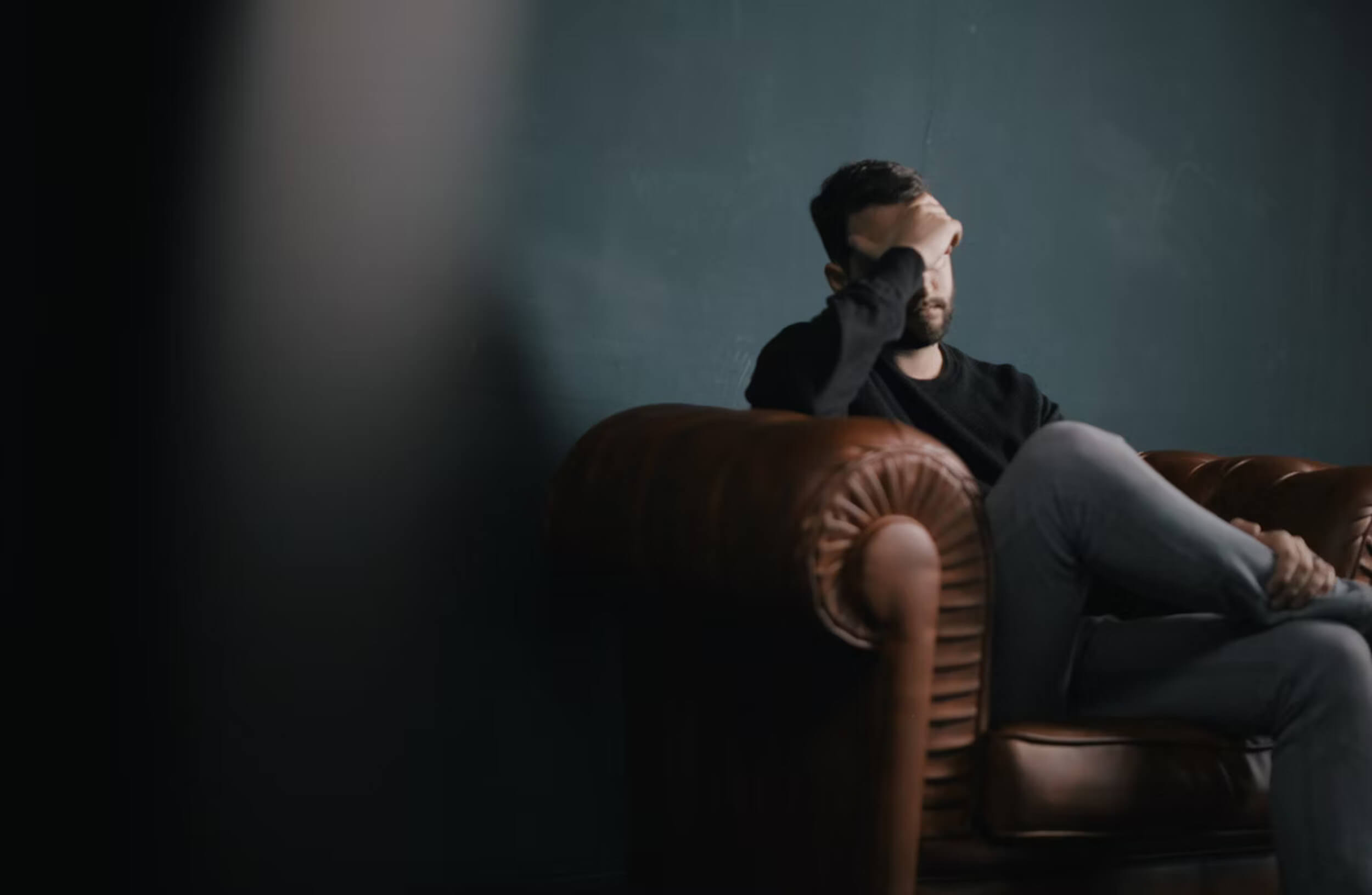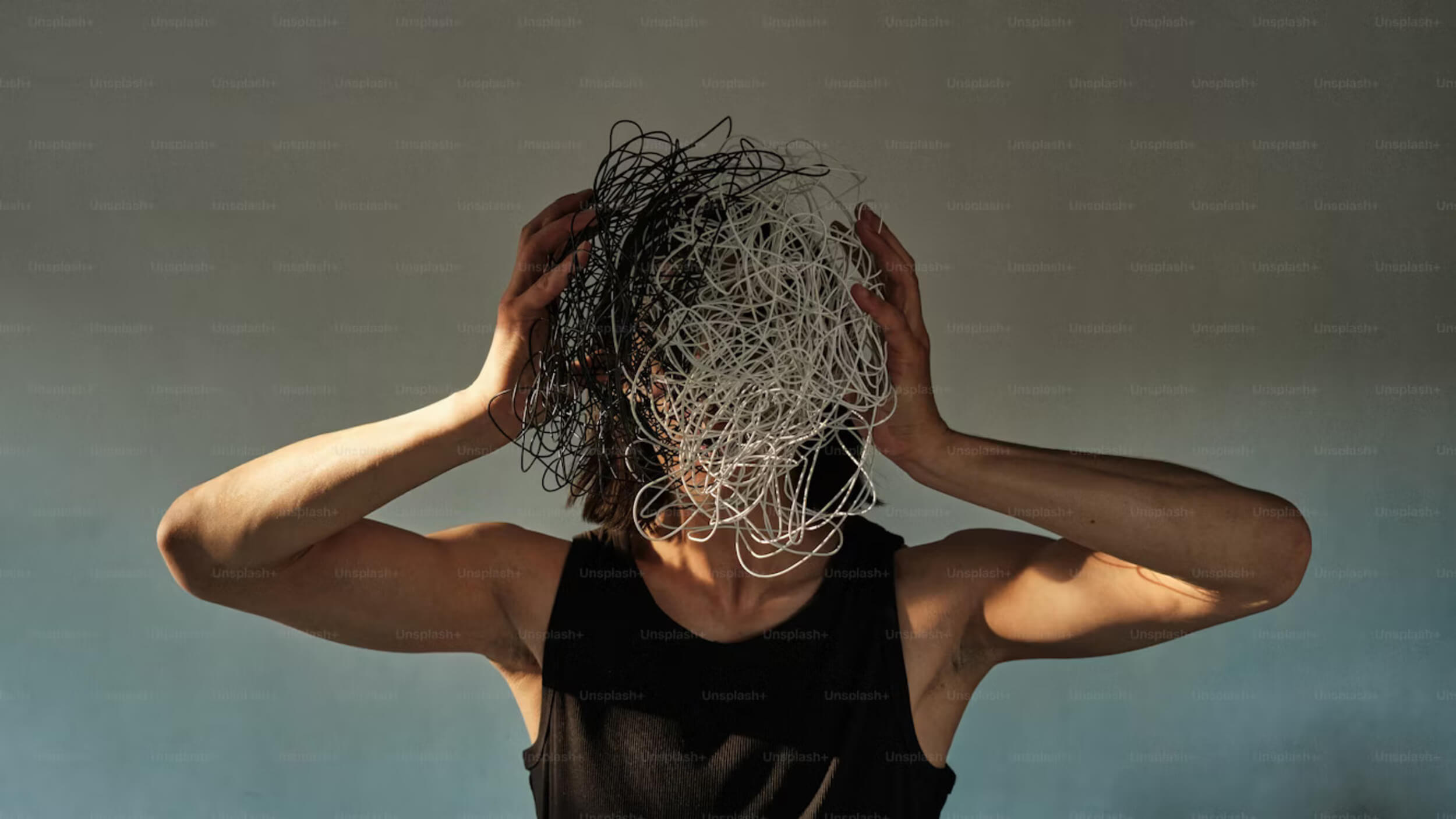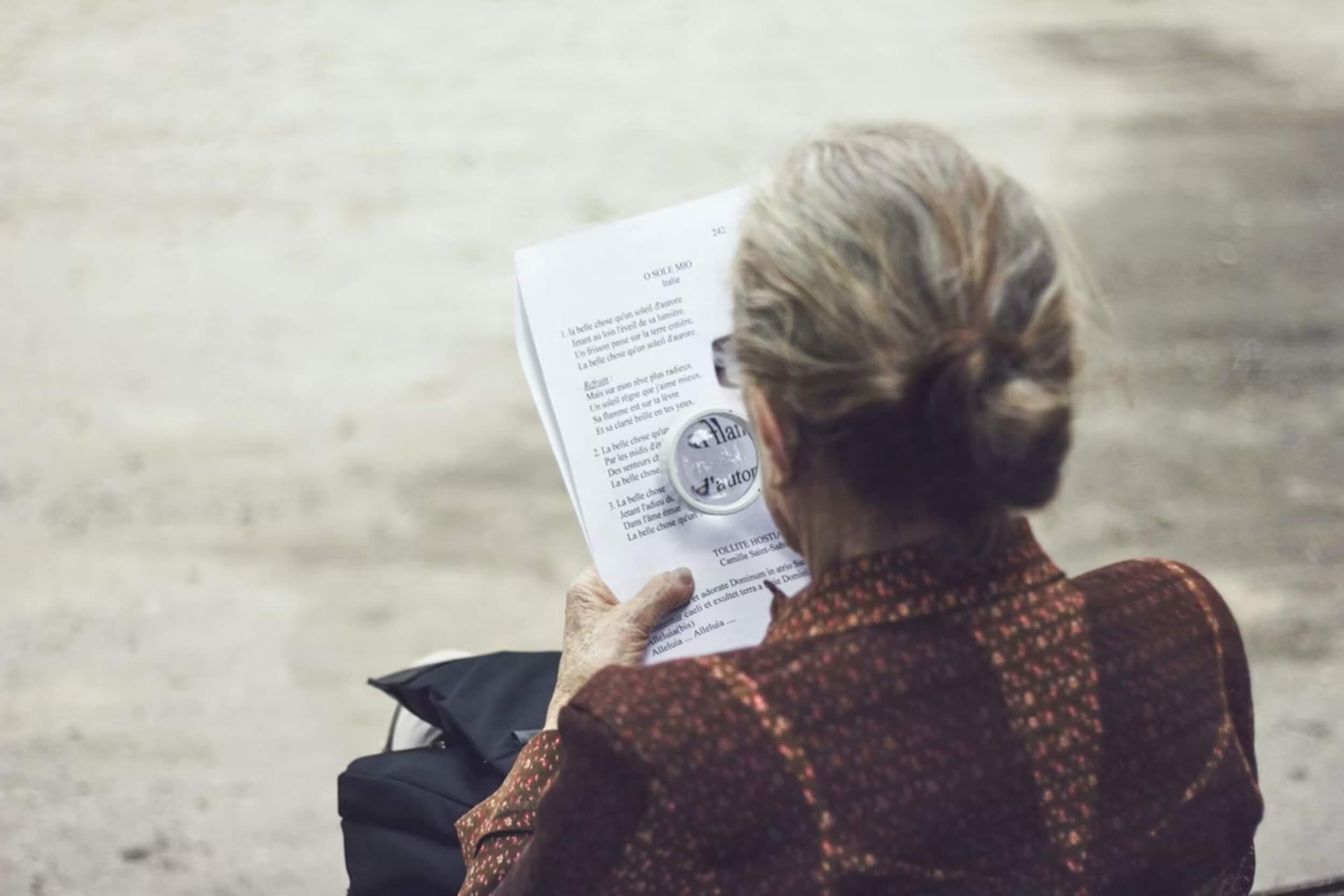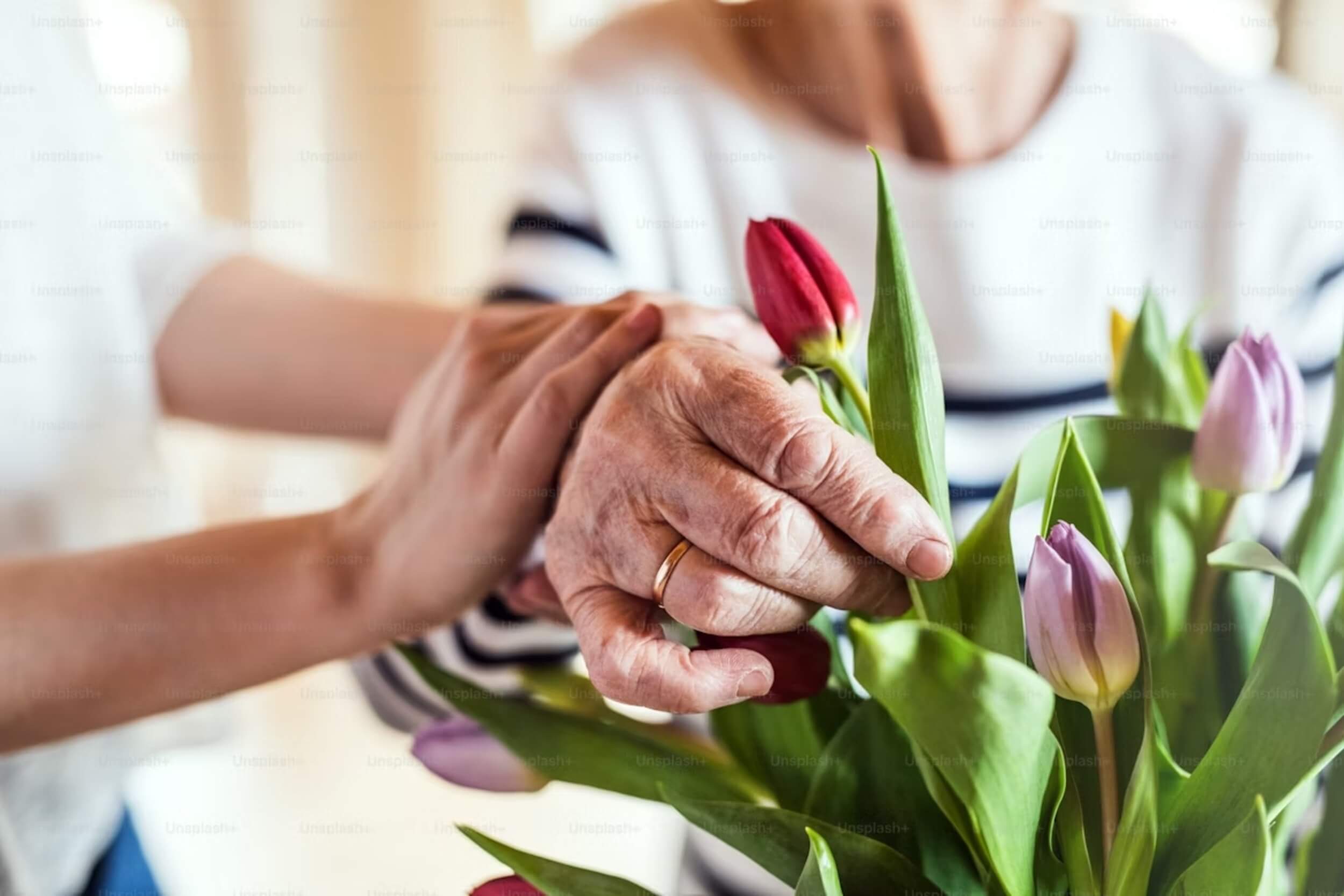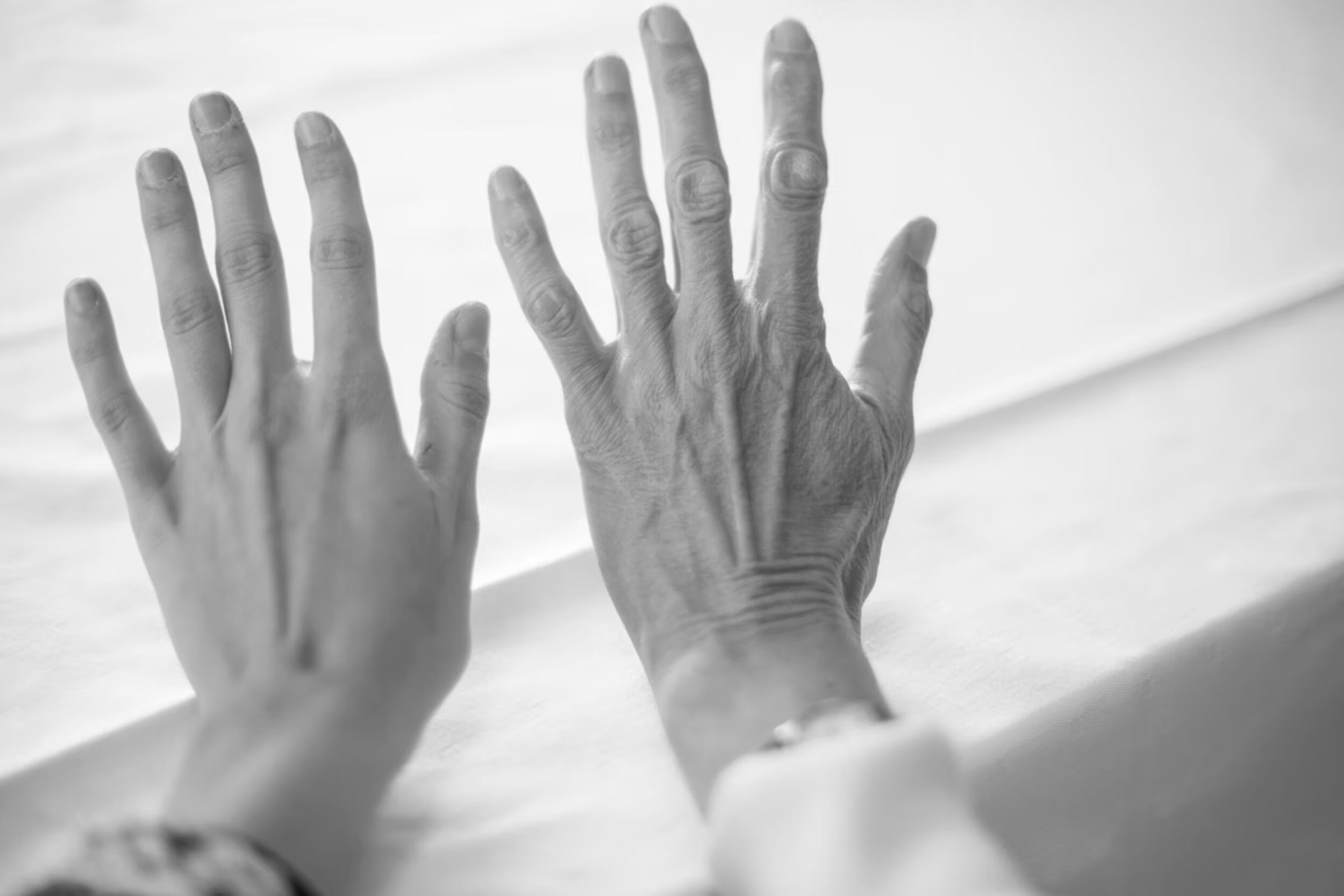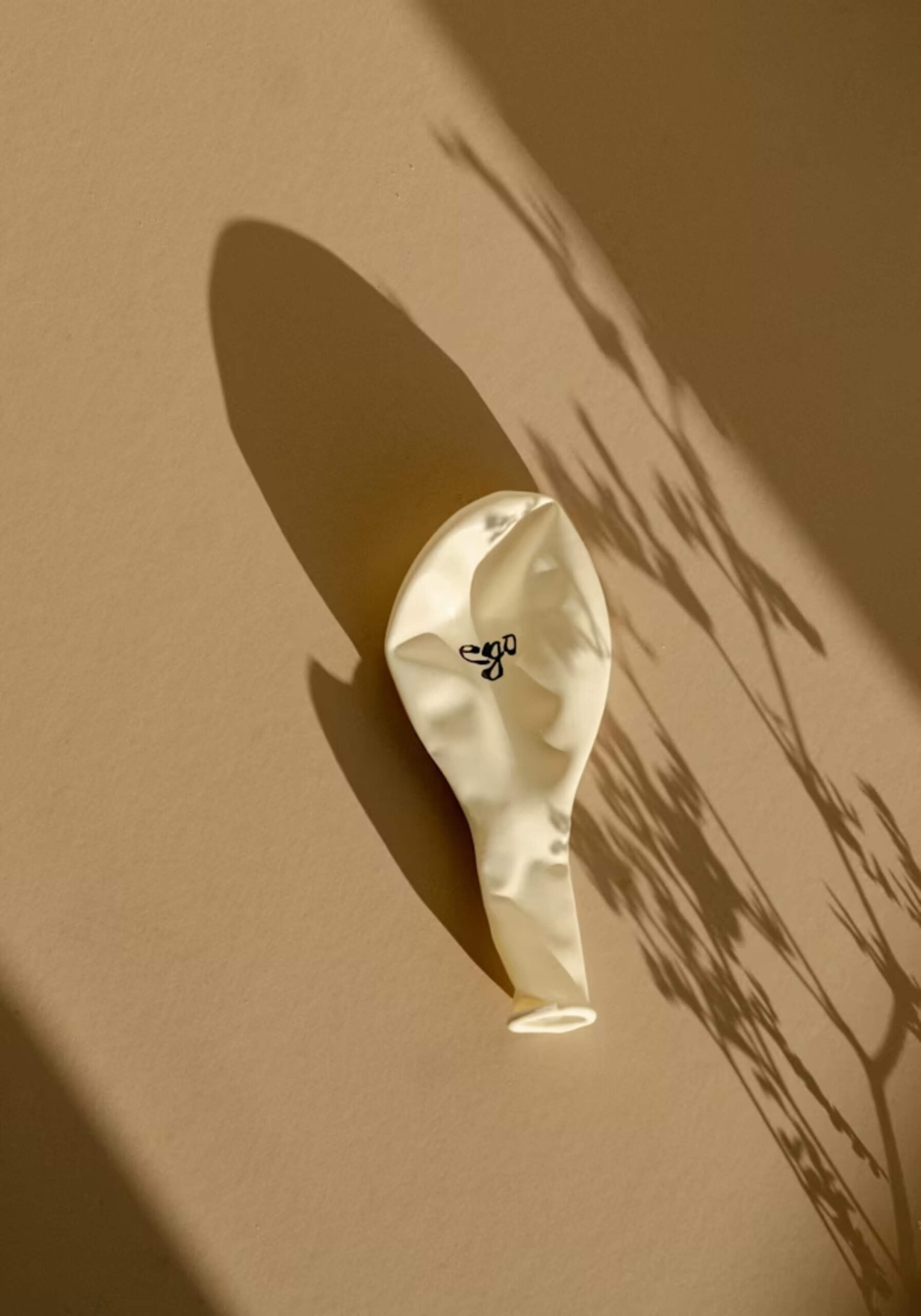Love touches almost every part of life — how we connect, grow, and even how we heal. Psychologists say it’s more than an emotion; it’s a biological drive that keeps people bonded and helps communities thrive.
Many experts in the psychology of love describe it as one of the strongest forces guiding human behavior. It’s the reason people build families, stay loyal to friends, and care for each other in times of need. From an evolutionary view, love developed to help humans survive — it encourages protection, teamwork, and trust.
Across cultures, love also shapes well-being. Studies show that people who feel loved tend to live longer, handle stress better, and recover faster from illness. It’s proof that love isn’t just a feeling in the heart; it’s a process deeply wired into the brain and body.
Understanding how love works — and why it feels so powerful — gives a clearer picture of what truly holds relationships together.
How Psychologists Define Love
Love isn’t just a word or a feeling — it’s a mix of emotions, thoughts, and actions that shape how people care for one another. Experts who study the psychology of love say it touches nearly every part of human behavior, from the way we think to how we respond to others.
Love as an Emotion and a Process
Every relationship starts with emotion — that warmth you feel, the comfort in someone’s presence, or the pull of attraction. But psychologists say love is also a process that grows over time. It involves three main parts:
- Affection – The emotional connection that makes you feel safe and cared for.
- Motivation – The drive to stay close and protect someone you value.
- Attachment – The lasting bond that makes separation feel difficult.
These pieces work together to keep human connection strong. Love, in this sense, isn’t just something that happens — it’s something people build through choices, consistency, and care.
What Experts Say
Researchers often explain the psychology of love as both biological and learned.
- Helen Fisher, a biological anthropologist, describes love as a “natural addiction.” She found that being in love activates the same brain areas linked to motivation and pleasure.
- John Bowlby, known for his attachment theory, saw love as a survival mechanism formed in childhood. The security we felt from our parents shapes how we give and receive love as adults.
Love isn’t only about emotion — it’s also about learning, memory, and shared experience. When you understand what psychologists mean by love, it becomes easier to see how feelings and brain chemistry work together to shape relationships.
Theories That Explain How Love Works
Researchers have studied love for decades, trying to explain why people fall in love, stay in love, or grow apart. Below are five theories that help make sense of how love works.
1. The Triangular Theory of Love (Dr. Robert Sternberg)
This theory breaks love into three parts — intimacy, passion, and commitment.
- When only one part is present, you might have friendship or infatuation.
- When all three connect, you have consummate love, often seen as the most complete form.
Sternberg’s work shows that relationships shift as the balance of these elements changes.
2. Attachment Theory (John Bowlby & Mary Ainsworth)
Love begins with bonding. How parents respond to children early in life teaches them how safe love feels.
- Secure attachment leads to trust and open communication.
- Anxious or avoidant attachment can create distance or insecurity later on.
This theory explains why some people crave closeness while others fear it.
3. Behavioral Reinforcement Theory
According to this view, love grows from positive reinforcement.
People fall for those who make them feel valued, appreciated, and understood.
Small actions — kind words, smiles, or consistent support — create emotional rewards that strengthen bonds.
4. Evolutionary Theory of Love
From a biological standpoint, love exists to ensure survival.
It encourages pair bonding, cooperation, and care for family.
Humans are wired to seek connection because it increases the chances of safety and growth.
5. The Quadruple Theory of Love
Modern psychologists have added a fourth element — self-love — to Sternberg’s model.
It reminds people that healthy relationships begin with self-respect and emotional balance. When you value yourself, you can give and receive love in healthier ways.
Each of these ideas points to one truth: the psychology of love is not random. It’s a carefully wired system that keeps humans connected, helping them grow emotionally and socially.
What Happens in Your Brain When You Fall in Love
Falling in love feels exciting because your brain treats it like a reward. It’s more than just emotion — it’s a chemical reaction.
The Chemical Cocktail
When attraction strikes, your brain releases:
- Dopamine – gives pleasure and motivation.
- Oxytocin – builds bonding and trust.
- Serotonin – keeps your mood steady.
Researchers studying the psychology of love found that the brain’s “reward center,” called the ventral tegmental area, lights up when people see someone they love. That rush explains the butterflies, energy, and focus that come with new love.
Why Love Feels Addictive
The brain reacts to love in the same way it reacts to things that bring joy — like music or favorite foods.
That’s why being close to someone special feels energizing, while distance can feel painful. Scientists say this is why heartbreak can literally hurt — your brain experiences withdrawal.
The Long-Term Effect
As time passes, the brain shifts from dopamine-driven excitement to oxytocin-fueled comfort.
This change transforms passion into calm, long-term affection — what experts call companionate love.
It’s proof that love evolves with time, becoming steadier and more secure.
The Different Types of Love We Experience
Not all love feels the same. Psychologists explain that people experience seven main types of love — and understanding which one you’re in can make relationships clearer.
1. Liking
This is emotional closeness without passion or commitment. It’s the base of strong friendships.
2. Infatuation
Physical attraction is high, but emotional depth is missing. It often fades when excitement slows down.
3. Empty Love
Commitment exists, but intimacy and passion are gone. It can happen in long relationships that lose emotional spark.
4. Romantic Love
This type mixes passion and emotional closeness but lacks long-term plans. It’s often part of early dating.
5. Companionate Love
A calm, steady love built on commitment and friendship. Many long marriages fall into this category.
6. Fatuous Love
Intense attraction and quick commitment without real intimacy. It often burns bright and fades fast.
7. Consummate Love
This is the full combination of intimacy, passion, and commitment — what many people hope for in a lifelong partner.
Relationship experts say understanding your type of love helps manage expectations and maintain balance. The psychology of love teaches that no form is “wrong” — each one just serves a different purpose in human connection.
How Attachment Styles Shape Your Relationships
The way you connect with others often comes from your early life experiences. Psychologists call these patterns attachment styles, and they strongly affect how love feels.
Secure Attachment
People with this style trust easily, communicate well, and feel comfortable with closeness.
Anxious Attachment
This group often worries about being left out or unloved. They seek reassurance and may take distance personally.
Avoidant Attachment
They prefer independence and may pull back when things get too close. Expressing emotion feels harder for them.
Disorganized Attachment
These individuals crave love but also fear rejection, leading to confusion and mixed signals.
Understanding your style is a game changer. It helps you see patterns, build better habits, and create relationships that feel safe instead of stressful. The psychology of love proves that awareness is the first step toward change.
Can You Control Who You Fall in Love With?
It might seem like love just happens, but research says you have more control than you think.
Emotional Regulation Habits That Help
- Cognitive Reappraisal: Shift how you think about a person or situation to calm emotions.
- Situation Selection: Choose settings that limit emotional triggers — like avoiding one-on-one time with a crush you’re trying to move past.
- Expression Control: Learn when and how to express emotions in a way that protects your peace.
Psychologists say these simple habits can reduce emotional overwhelm and help people manage attraction in healthy ways.
What Healthy Love Looks Like
Healthy love isn’t perfect, but it’s steady and respectful. Experts say it has a few key signs:
- Honest communication — talking through problems instead of avoiding them.
- Mutual trust — believing in each other’s intentions.
- Personal space — respecting each person’s independence.
- Supportive teamwork — solving issues together instead of blaming.
Healthy love builds strength, not stress. It feels safe and kind, helping both partners grow without losing themselves.
Final Thoughts on Understanding Love
Love goes far beyond feelings. It’s part science, part choice, and part connection. The psychology of love shows that our emotions are rooted in biology, but the way we handle them shapes everything.
When people understand how love works, they stop seeing it as a mystery and start treating it as a skill — one that can be learned, strengthened, and shared. Whether you’re nurturing a friendship, a partnership, or your own self-love, this emotion remains the most powerful force for growth and happiness.



